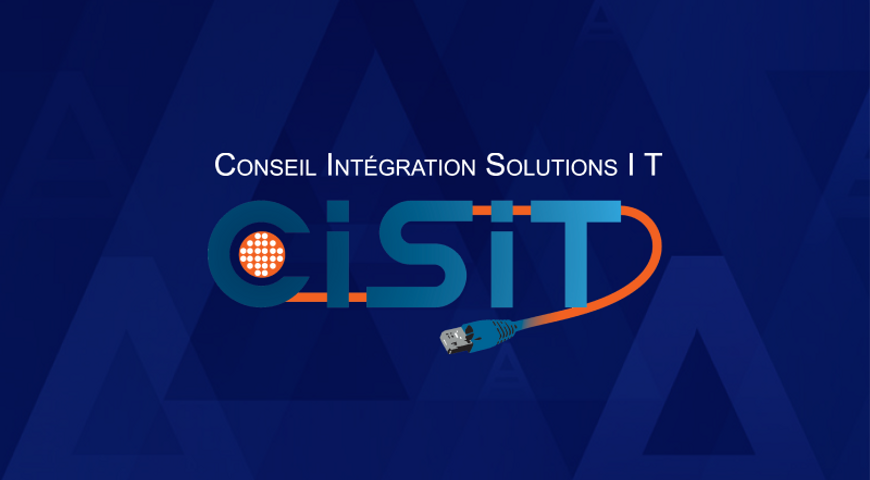Today, we’ll wrap up our look into how to protect multi-tier applications…
Multi-tier Server Protection
In a multi-tier server environment, the quiescent state of a single server isn’t enough. In order to achieve a working and consistent application, the various servers that make up the entire application stack may need to be in a quiescent state across multiple servers, a term referred to as “cross-server application quiescence”. As an example, in a document management system where the database server and a file server are both present, it is often necessary for the database and file server to be recovered from virtually the same moment in time. In other cases, it may be better for the file server to have a more recent copy of the data than the database server but never the other way around. In the process of working with our customers, nScaled has experience working with many different types of multi-tier applications.
The most important factors to consider when protecting servers in a multi-tier application are the Recovery Point Objective (RPO) and the Recovery Time Objective (RTO). The RPO represents the amount of data that you are willing to lose in the event of a disaster. As an example, if snapshots of a server are taken every 30 minutes and the last snapshot was taken at 2:00PM, a disaster taking place at 2:29PM would mean that 29 minutes of data may be completely lost. The RTO represents the amount of time it takes to get the disaster recovery system online and functioning in place of the original production system. With multi-tier applications the RPO will drive the snapshot frequency of more than one server and therefore the snapshot times of these services must be closely synchronized between servers involved in the application. The RTO will drive the frequency of testing, degree of documentation, and in some cases may change the techniques used to protect the servers.
Another facet of protecting multi-tier applications involves snapshot frequency and retention. As an example, a typical database and file server will need to have snapshots taken frequently enough to deliver the desired RPO. The retention policy (how long the snapshots are kept) will likely be longer for these servers as well (i.e. 24 hourly, 7 daily, 4 weekly) Application servers and API servers in a multi-tier architecture typically do not have much if any dynamically changing data and as such the snapshot frequency can be much lower (i.e. every 3-4 hours) and the retention can also be less granular (i.e. 4 hourly, 3 daily) for the purpose of disaster recovery.
Measure Twice, Cut Once
Determining the desired RPO and RTO for any system is nothing more than an arbitrary determination unless the disaster recovery solution can be monitored and tested. Monitoring a disaster recovery solution involves knowing whether or not the RPO for protected systems is being met. Using the nScaled Cloud Console, the current state of both local protection (mirroring) and off-site protection can be monitored using our simple dashboard as well as email alerts. By monitoring the state of both local protection and replication to the nScaled Cloud, you can know at any given time whether or not your RPO is being met.
Determining an appropriate RTO is often driven more by business continuity demands rather than practical considerations. Even though it may be a requirement to have a specific RTO for a given system, whether or not the RTO is achievable can only be determined by testing. Using the nScaled Cloud Console and infrastructure, the disaster recovery process can be tested on demand. Using a private limited connectivity network along with nScaled’s approach to leveraging Microsoft Active Directory, the RTO for your servers can be tested, refined, practiced, and proven. Practicing the disaster recovery process for business critical servers allows IT leadership and engineering to have confidence that a specific RTO can be met.
Minimizing RTO
The more business critical a system is the smaller the RTO tends to be. At nScaled we have experience helping a wide array of customers meet their RTO demands. Reducing the RTO to an absolute minimum generally means leveraging live servers (primary servers) that run full time in the nScaled cloud. By leveraging live servers in the nScaled cloud, more functional components can be pre-configured to be ready to go on a moment’s notice. When needed, nScaled can deliver enterprise class load balancers that are configured and ready for a disaster event. By leveraging live servers in the nScaled cloud, technologies such as SQL replication and DFS can be leveraged to provide extremely quick failover times. Primary servers in the nScaled Cloud benefit from built-in customizable alerting functionality provided by the nScaled Cloud Console.
Client Access
The nature and scope of a disaster can present myriad areas of impact. The service disruption from a disaster can range from minor and highly localized to broad and geographically distributed. Since there are so many variables that can trigger the activation of a disaster recovery plan, nScaled offers multiple solutions for getting your end users access to critical systems. Our server protection solution leverages a MPLS or VPN tunnel to privately and securely deliver your server data to the nScaled Cloud. This same connection can be leveraged for providing access from your offices to the nScaled Cloud in the event of a disaster. For remote branch offices, nScaled supports failover VPN tunnels directly to your cloud environment in the nScaled Cloud in the event that your central office is impacted by the disaster. For end users working from home or other locations, secure, authenticated client VPN access to the cloud environment is built into the solution. In cases where Citrix is the prevailing method that your end users use to connect to your applications, a solution can be developed to provide the same familiar access to applications that your end users are accustomed to using.
About Acronis
A Swiss company founded in Singapore in 2003, Acronis has 15 offices worldwide and employees in 50+ countries. Acronis Cyber Protect Cloud is available in 26 languages in 150 countries and is used by over 21,000 service providers to protect over 750,000 businesses.



